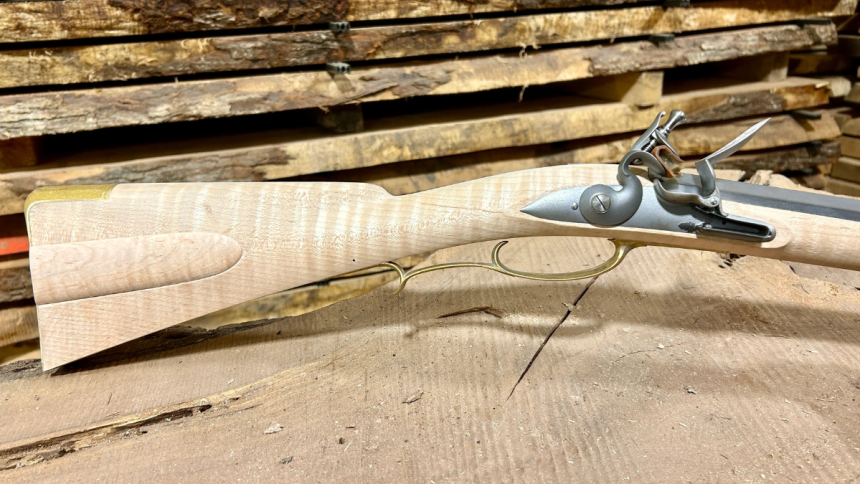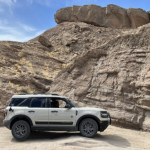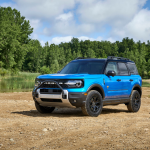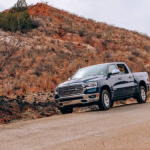America’s storytelling often begins with a longrifle in hand. These magnificent weapons didn’t just shape hunting and warfare – they helped forge national identity. At Kibler Longrifles, traditional craftsmanship meets modern precision engineering, allowing enthusiasts to experience the satisfaction of building their own functional piece of history.
When someone assembles a muzzleloader kit, they’re not just creating a firearm – they’re connecting with a heritage spanning centuries. Kibler’s dedication to authentic designs, premium materials, and meticulous attention to detail makes the company a trusted name among those who appreciate both historical significance and shooting excellence.
This guide explores the world of muzzleloader kits and why they continue to captivate builders today.
The Historical Legacy of Muzzleloaders
Muzzleloaders trace their American roots to the early colonial period, where they quickly evolved from European designs to become uniquely American. The Pennsylvania and Kentucky longrifles weren’t just tools – they were survival instruments that fed families and protected communities. A man’s rifle often reflected his status and personal style.
These weapons accompanied settlers westward, helped win independence, and became symbols of American self-reliance. Regional variations developed as gunsmiths across the frontier established distinctive styles, from the elegant southern Kentucky to the practical Pennsylvania.
Today’s muzzleloader enthusiasts aren’t simply using outdated technology – they’re preserving living history. The crack of a flintlock and the cloud of white smoke creates an experience unchanged since Washington’s time. The historical designs endure because they work beautifully and connect users to their roots.
Understanding Muzzleloader Kits: Where Tradition Meets Innovation
A quality muzzleloader kit combines historically accurate design elements with modern manufacturing precision. Each component – from the curly maple stock to the hand-forged lock plate – represents both heritage and function.
Kibler kits include precisely fitted barrels, locks, triggers, and furniture, along with premium wood stocks ready for finishing. Different styles cater to various preferences and historical periods. Pennsylvania kits feature graceful, understated lines, while Kentucky versions showcase more decorative elements.
These kits offer a middle path between challenging scratch-builds and mass-produced replicas lacking character. The materials matter tremendously. Period-correct brass or iron furniture, properly seasoned hardwoods, and correctly tempered steel create authentic aesthetics and reliable performance.
The result? Kits that look authentic but assemble predictably.
Who’s Building Muzzleloaders Today?
The muzzleloader community spans all ages and backgrounds. Historical reenactors demand weapons with meticulous period accuracy – down to the correct wood figure and hardware style for specific decades. They often know exactly which regional variation matches their portrayal.
Competitive shooters gravitate toward Kibler kits because they deliver consistent accuracy without sacrificing historical appearance. Their tight tolerances and premium barrels perform remarkably well on the range.
Collectors value these kits for creating display-worthy pieces that showcase traditional American craftsmanship. Some build entire themed collections representing different regional styles or historical periods.
First-time builders often discover muzzleloading through an interest in history or traditional skills. The feeling of successfully completing a functioning firearm creates lasting connections to the past while developing valuable hands-on abilities.
The Kibler Difference: Precision Engineering Meets Traditional Design
Kibler’s manufacturing approach balances modern precision with traditional standards. Components are machined to exacting tolerances, ensuring proper fit without countless hours of hand-fitting. This approach makes kits accessible to builders with varying skill levels.
However, Kibler never sacrifices the distinctive character of traditional designs for manufacturing convenience. Each component maintains period-correct profiles and proper styling.
Hand-finishing touches add the subtleties mass production misses. Wood-to-metal fit receives special attention, as do final surface treatments and mechanical functions. These details separate authentic reproductions from mere approximations.
Quality control exceeds industry standards. Components undergo rigorous testing before inclusion in kits. Barrel blanks receive particular scrutiny, ensuring both safety and accuracy. Throughout the building process, customers can access technical support from people who understand both historical context and practical construction.
Getting Started: Choosing Your First Kit
Newcomers to muzzleloader building should consider starting with a straightforward design like the Pennsylvania Hunter or Trade Rifle. These models offer simpler lines while teaching fundamental techniques.
Basic woodworking tools suffice for most builds – files, scraper, sandpaper, drill, and basic finishing supplies. A sturdy workbench and good lighting make the process more enjoyable. While specialized tools can help, they aren’t essential for first projects.
Most builders complete their first kit in 40-60 hours spread over several weeks. Kibler provides comprehensive instructions with clear illustrations, troubleshooting tips, and finishing recommendations. The website features additional resources, including tutorial videos covering tricky steps like inletting the lock or shaping the stock.
The Building Experience: More Than Just Assembly
Building a muzzleloader creates something beyond a mere object – it develops skills and understanding impossible to gain any other way. Makers learn about historical design principles, wood properties, metal finishing, and mechanical systems through hands-on experience.
Common challenges include proper inletting of the barrel and lock, achieving smooth wood-to-metal transitions, and applying traditional finishes. Overcoming these obstacles provides immense satisfaction. Each completed step reveals more of the emerging firearm’s character.
Builders often personalize their creations with period-correct embellishments – carved patchboxes, wire inlays, or distinctive finishes. One recent customer, a history teacher from Virginia, incorporated family initials into his stock carving, creating an heirloom piece connecting past generations with future ones.
The Enduring Appeal of Muzzleloader Building
Creating a functioning muzzleloader connects builders with American heritage in a tangible, meaningful way. The process teaches patience, attention to detail, and appreciation for traditional craftsmanship. The completed firearm represents both personal achievement and historical continuity.
Kibler Longrifles invites enthusiasts to explore their selection of historically accurate kits suitable for all skill levels. The company’s workshop tours offer glimpses into both traditional and modern production methods. Monthly newsletters provide building tips, historical context, and community spotlights.
By choosing to build rather than simply buy, muzzleloader enthusiasts participate in preserving crucial American craftsmanship traditions. Each completed kit ensures these skills and designs continue into another generation – not as museum pieces, but as living, working examples of American ingenuity.
Lynn Martelli is an editor at Readability. She received her MFA in Creative Writing from Antioch University and has worked as an editor for over 10 years. Lynn has edited a wide variety of books, including fiction, non-fiction, memoirs, and more. In her free time, Lynn enjoys reading, writing, and spending time with her family and friends.















